Choosing the right type of health cover in South Africa can feel overwhelming, especially if you are new to the world of medical aid and hospital plans. With rising healthcare costs and increasing demand for private medical services, it is more important than ever to understand the difference between the two options. This guide breaks down what each type of cover offers, who it is best suited for, and the pros and cons to help you make an informed decision.
Thank you for reading this post, don't forget to subscribe!Why Health Cover Matters in South Africa
South Africa has a dual healthcare system: public hospitals that are often overburdened and private healthcare facilities that provide faster, high-quality treatment but at a significant cost. Without a form of medical cover, even a simple hospital stay or routine consultation can become financially overwhelming. Having either a medical aid or hospital plan gives you peace of mind knowing you can access quality healthcare when you need it most.
What is a Hospital Plan?
A hospital plan is a type of health cover that focuses mainly on in-hospital treatment. This means it will cover costs like:
- Admission to hospital
- Surgery and specialist fees during hospital stays
- Theatre and ward costs
- Certain diagnostic tests while admitted (such as X-rays or MRIs)
However, hospital plans do not usually cover day-to-day expenses, such as doctor visits, chronic medication, or dentist check-ups.
Best suited for:
- Young and healthy individuals who don’t visit doctors often
- People who want protection for major unexpected health events, such as accidents or surgeries
- Those looking for a more affordable entry-level health cover option
What is Medical Aid?
Medical aid is a more comprehensive form of health cover that includes everything a hospital plan offers, plus additional benefits such as:
- Day-to-day medical costs (GP visits, dentist, optometrist)
- Chronic medication for conditions like diabetes or hypertension
- Preventative care and wellness benefits
- Specialist consultations outside of hospital stays
Medical aid provides broader cover but comes with higher monthly premiums.
Best suited for:
- Families with children who need regular check-ups
- Individuals with chronic conditions requiring ongoing treatment
- People who want the security of both hospital and day-to-day cover
Key Differences Between Medical Aid and Hospital Plans
| Feature | Hospital Plan | Medical Aid |
|---|---|---|
| Coverage | In-hospital treatment only | In-hospital + day-to-day benefits |
| Chronic Medication | Usually not included | Often covered, depending on plan |
| Day-to-Day Costs | Not covered | Covered (GP visits, specialists, optometrists, etc.) |
| Monthly Premiums | Lower | Higher |
| Target Group | Healthy individuals or those on a budget | Families, people with chronic conditions, or those needing broad cover |
Pros and Cons of Each Option
Hospital Plan Pros:
- Affordable monthly premiums
- Covers major medical expenses like surgeries and emergencies
- Good for younger or healthier individuals
Hospital Plan Cons:
- No cover for day-to-day expenses
- Out-of-pocket costs for routine check-ups and chronic medication
Medical Aid Pros:
- Comprehensive cover including routine care
- Chronic medication and specialist visits included
- Peace of mind for families and those with health conditions
Medical Aid Cons:
- Higher monthly premiums
- Some benefits may still have limits, requiring co-payments
What About Medical Insurance?
It’s important not to confuse medical aid or hospital plans with medical insurance. Medical insurance is a different product that offers fixed cash benefits for specific events, rather than paying your actual medical bills. While more affordable, it does not provide the same level of protection as medical aid or hospital plans.
Read more: Easy Tips to Lower High Blood Pressure
How to Choose Between a Medical Aid and Hospital Plan
When deciding which option is right for you, consider the following:
- Budget: How much can you afford to pay each month?
- Health Needs: Do you or your family members need regular medical care or chronic medication?
- Age and Lifestyle: Younger, healthier people may manage well with a hospital plan, while families or older individuals may benefit more from medical aid.
- Future Planning: Your health needs can change over time, so choose a plan that gives you flexibility.
Tips for Making the Right Choice
- Compare plans across multiple providers before deciding.
- Read the fine print on what is covered and what isn’t.
- Ask about waiting periods for certain benefits (common in both medical aid and hospital plans).
- Look for schemes registered with the Council for Medical Schemes (CMS) to ensure legitimacy.
- Consider consulting a financial advisor for personalised guidance.
Also check: 10 Best Medical Aid Schemes in 2025
Both medical aid and hospital plans have an important place in South Africa’s healthcare landscape. A hospital plan can be a great starting point for those who mainly want financial protection against big, unexpected medical events. Medical aid, on the other hand, offers more complete coverage for everyday health needs but comes at a higher cost.
The best choice depends on your health status, family situation, and budget. By understanding the differences clearly, you can select the type of cover that gives you peace of mind and helps you stay prepared for life’s medical uncertainties.




